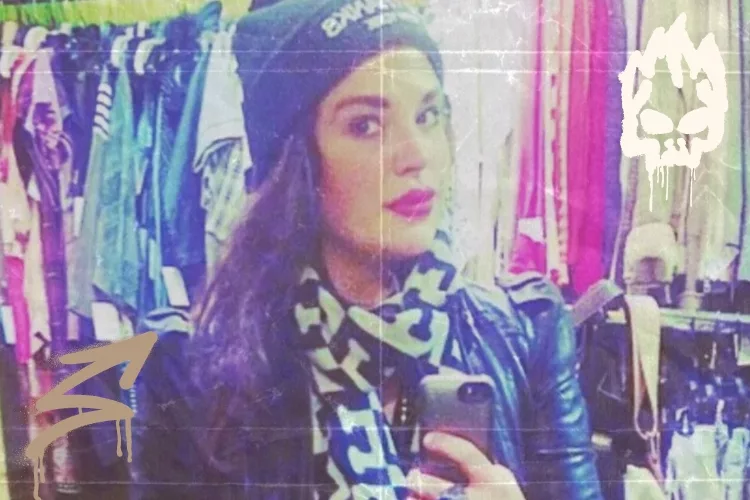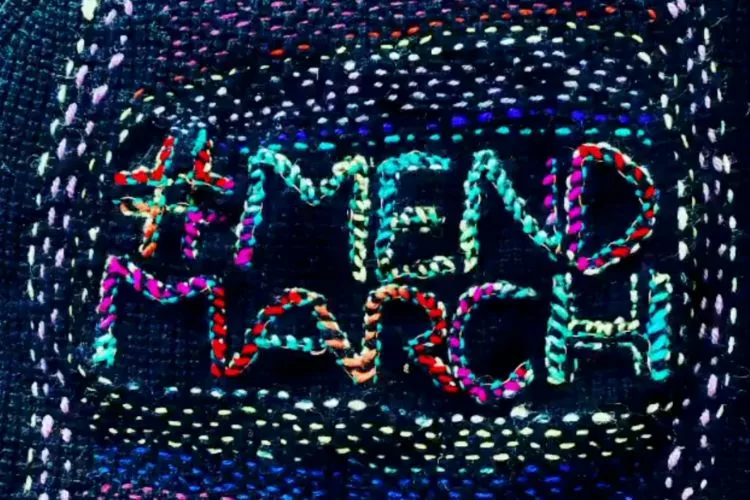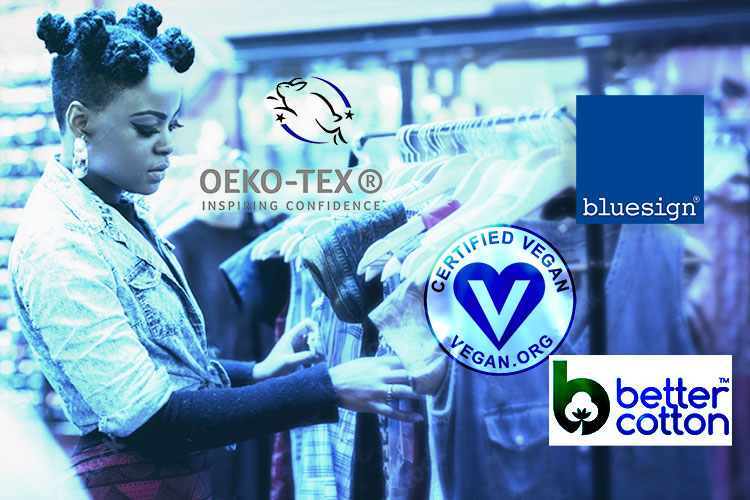5 Clothing Swap Options to Help Your Wardrobe and The Planet
A lot of us believe thrifting is the solution to mindless over consumption. What a lot of us don’t know is that less than 20% of donations get resold. While it’s definitely better than buying fast fashion, thrifting doesn’t necessarily prevent clothes from being sent to landfills.
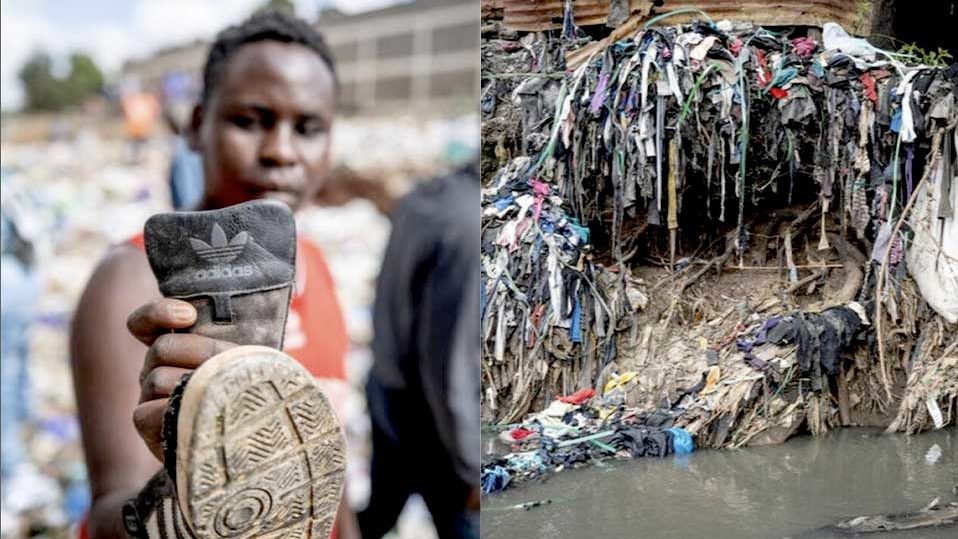
Swap Society, a pioneer of the swapping movement, tells us that the average American sends 70 lbs of clothes to landfills every year. That’s 21 BILLION lbs of post consumer textile waste per year! Total greenhouse gas emissions from textiles production (1.2 billion tonnes per year) are more than those of all international flights and maritime shipping combined.
So what’s the solution to the over-shopping and excess clothing waste plaguing our planet?
First, we need to slow down our consumption habits and approach shopping more thoughtfully (duh). But also, there’s another way we can temper our shopping –and that’s by swapping.
Swapping companies help diminish this alarming build-up of waste. These companies offer circular fashion models, where clothes are either recycled or sent to a new home. It’s a double win – new clothes without harming the environment.
In addition to encouraging less consumption, swapping also provides a space for human connection. As we come out of one of the most socially isolated periods in modern history, person-to-person shared activities mean more now than they used to.
With both in-person swapping events and online swapping sites, this new form of shopping means less clothing waste going to landfills, and more joy for us. To take responsibility as a consumer without sacrificing your love for fashion, check out NKM’s picks for swapping companies to support.
DON’T SHOP SWAP

Don’t Shop Swap is a company founded by Lydia Hartley in November 2019 and based in the UK. Combining her love of clothing swap events with the extra free time provided at the start of the pandemic, she created Don’t Shop Swap so customers could continue swapping online. Her purpose is to help people spend less money on sustainable fashion by sharing clothes rather than buying them. This also works to reduce the number of clothes heading to landfills while simultaneously increasing our feeling of connection to others.
Swapping through this site is very user-friendly. First, create an account and you will receive a reusable swap bag through the mail to be filled with your best unwanted clothes. Once you mail your swap bag, your clothing will be assessed and you will receive “swap coins”. You may then purchase items on the site using your coins, with a small 10% service fee per swap.
Watch a YouTube review of Don’t Shop Swap here.
SWAP SOCIETY
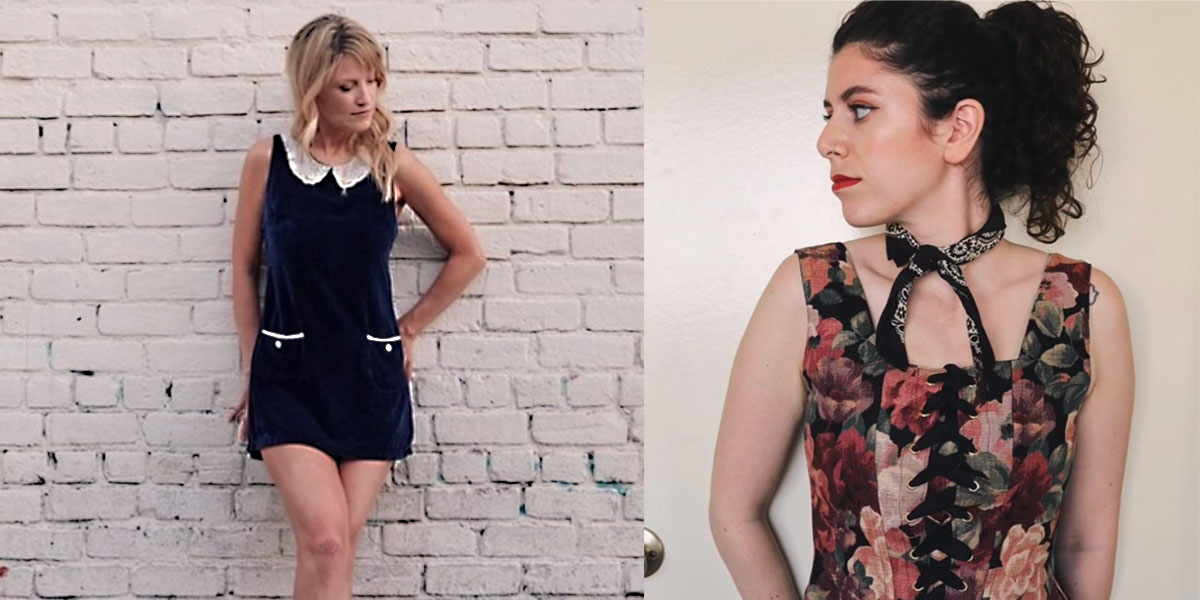
Swap Society is an online clothing swap that makes it easy and affordable to mix up your wardrobe sustainably. It was created by founder Nicole Robertson in 2017 to make clothing swapping accessible to women across the US.
Send them the clothes that don’t fit or aren’t your current style. Then swap them for clothes you want to wear now. Their alt currency SwapCoin™ gives multidimensional value to garments. Which means they look at all aspects to make sure you get equal value for the clothes you swap. All brands and sizes are accepted to keep all wearable clothing in circulation for as long as possible.
Swap Society harnesses technology to promote circularity in the fashion industry and their circular business model is a sustainable alternative to the take-make-dispose linear consumption model. This helps reduce greenhouse gas emissions, pollution, and waste.
When you place an order, they will send a reusable bag with a mailing label (up to one per month). Memberships include one pre-paid mailing label per month for incoming clothing to Swap Society. Members also get free shipping on qualifying orders of $36+. Unaccepted items are upcycled by sustainable fashion brands or donated to charity.
GLOBAL FASHION EXCHANGE
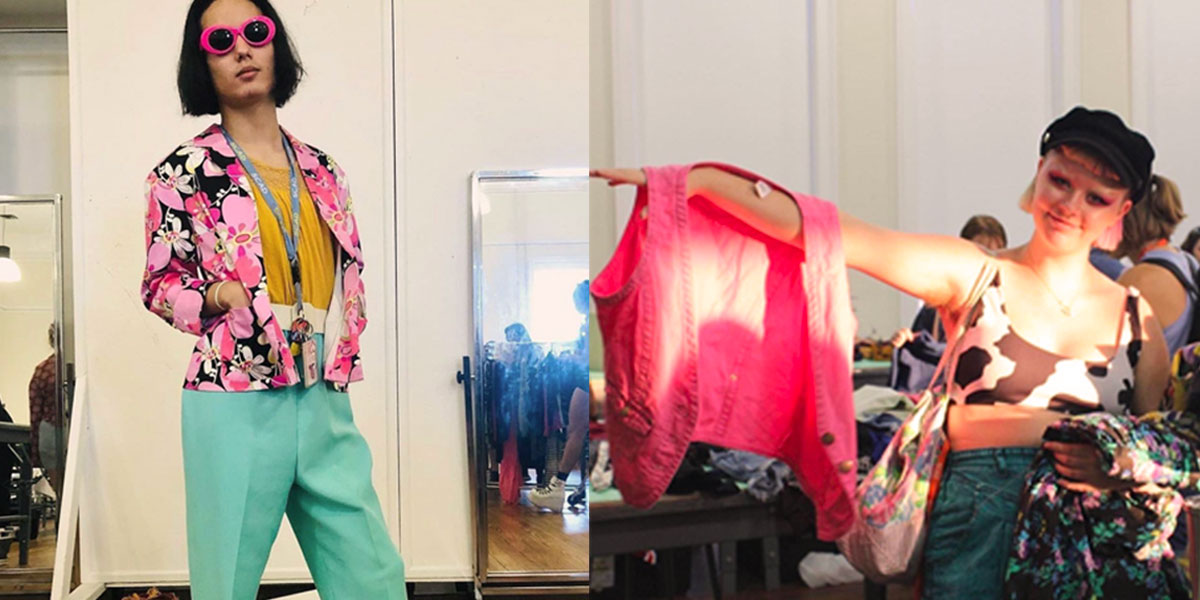
Founded by Patrick Duffy, Global Fashion Exchange is an international platform promoting sustainability in the fashion industry with forums, educational content and cultural events. Rooted in clothing swaps, GFX is a globally recognized agency for positive impact.
Rather than swapping online, GFX hosts a multitude of monthly events where swapping takes place. These events are hosted for the purpose of building community, sharing the joy of clothing, as well as sustaining a no-waste form of shopping.
Their in-person swap events are announced via their Instagram, and typically also partner with another cause. The most recent being in collaboration with @capitalpridedc to celebrate the LGBTQ festival in Washington D.C. on June 6th and 12th.
FOR DAYS

For Days claims to be the first circular fashion brand. They have spent the last 4+ years building a network of expert recycling partners to keep clothing out of landfills by designing products for circularity. Everything is organic, non-toxic, and can be recycled into new fabric. All garments are made to be 100% recyclable, with some products containing 100% recycled materials, including Recover and Hallotex fibers.
Through their Take Back Bag program, customers may request a bag be shipped to them. They then fill this bag with unwanted garments and send it back to For Days. These used garments are then collected, sorted, and recycled for credit to use on the site. 90% of all returned For Days oldies are recycled into new materials and 10% are resold.
Sending For Days your used garments will get you $5 in Closet Cash for each item you recycle through them. This program has resulted in the selling of over 35k bags and the diversion of 170k garments from landfills.
REHASH
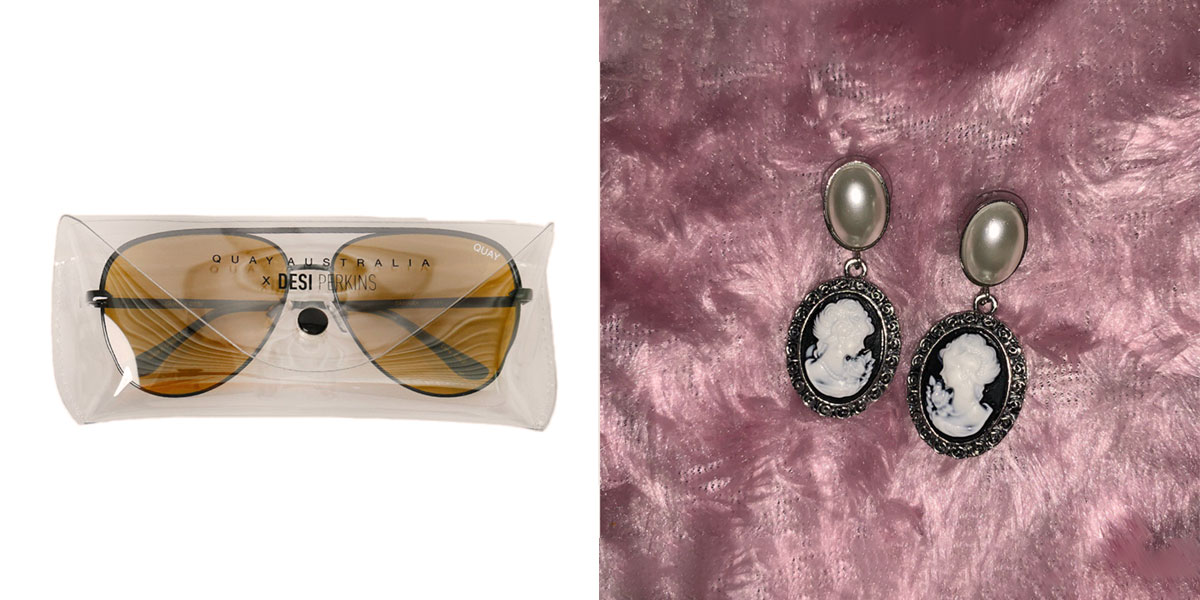
Orpheux Design first developed Rehash Clothes in the early summer of 2007. The original idea was to design clothing out of recycled clothes. As it evolved, it made more sense to create a space for trading of clothes. They decided the best approach would be to not only allow you to trade your clothes, but to provide a social platform for users to better connect. In 2016, Rehash was relaunched with a new design, slimmed down features, and a brand new trading system.
To swap your clothes simply take a photo, post it on your Rehash page, and wait for a trade offer to come through. Once a trade has been negotiated, you can buy and print a USPS label directly from your trade window through Rehash. You can schedule a free pickup or take it to your local post office and handle it yourself. All you have to pay for is the shipping fee!
-Caroline Jenkins
Related Articles
15 Dresses for Spring – Rented, New & Vintage
Wear What You Already Own – How to Make it Easy
How Commoning Can Help Fashion’s Climate Impact
Donating to a Thrift Store? Read this first!
What to do with old clothes beyond thriftstore donations


